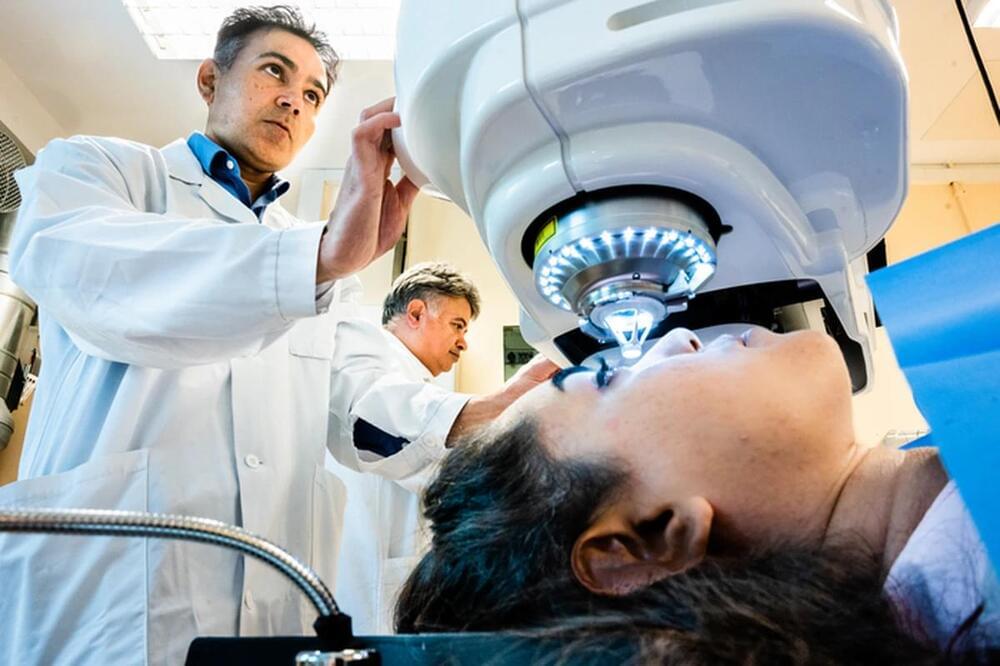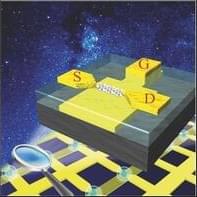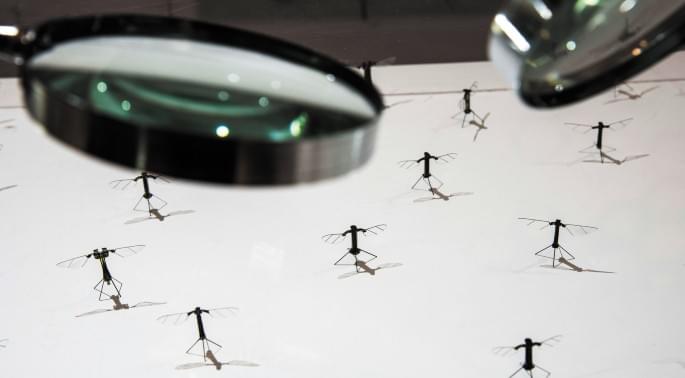A course in illusionism by Keith frankish.
A course of six lectures on the illusionist view of consciousness, prepared for the Moscow Center for Consciousness Studies in 2020.
A course in illusionism by Keith frankish.
A course of six lectures on the illusionist view of consciousness, prepared for the Moscow Center for Consciousness Studies in 2020.

There’s an epidemic in Western countries, and one few people are aware of. It’s an epidemic of visceral fat, a deep kind of fat that packs around vital organs, like the liver, and is linked with health problems like diabetes, heart disease, and high blood pressure.
You might assume that only people who are overweight or obese have too much visceral fat, but that’s not the case. Thin people, particularly inactive ones and older individuals, can have enough visceral fat to increase their risk of chronic health problems. They may look thin, but they’re not healthy because they have too much visceral fat and other markers of bad health.
Although it’s not easy to trim down visceral fat, science shows there are ways to reduce your body’s visceral fat burden and improve your health simultaneously.
We’ve been working on teaching #ameca a wider range of facial expressions.
Added 12 new actuators — now the challenge is how to control all the expressive capabilities.


Corneal blindness occurs when the transparent membrane that covers the front of the eye and acts as a lens becomes opaque and prevents the light from reaching the back of the eye, inhibiting vision. It can be solved with a transplant, but experts estimate that 12.7 million people are currently waiting for a cornea donation. These membranes are in short supply: for every 70 that are needed, only one is available. In view of this problem, especially in countries where there are fewer donations of human corneas due to limited infrastructure, a group of Swedish researchers tested corneas made from pig skin collagen in 20 people who needed transplants (all of them Iranian or Indian citizens; 14 of them were blind). After two years, they all showed improvement, and those who were blind could see again. Although more complex clinical trials are still necessary to validate the measure, the first test of this bioengineered corneal tissue has proven to be safe. The results of this pilot study were published in the Nature Biotechnology journal.
There is also a socioeconomic aspect to corneal blindness: one million new cases are diagnosed every year, but according to researchers, most are concentrated in low-and middle-income countries in Asia, Africa and the Middle East – precisely where it is most difficult to obtain a donated human cornea, due to endless “economic, cultural, technological, political and ethical barriers.” Finding an alternative to the human cornea transplant is key, the authors point out, to fighting keratoconus, a disease that weakens and thins the cornea, and which is the reason for most transplants.
In order to find an alternative to donated human cornea, the researchers bioengineered collagen, the main protein in the human cornea, as a raw material. “For an abundant yet sustainable and cost-effective supply of collagen, we used medical-grade collagen sourced from porcine skin, a purified byproduct from the food industry already used in FDA-approved medical devices for glaucoma surgery and as a wound dressing,” they explain in the article. Unlike the human corneas, which must be used in less than two weeks, bioengineered corneas can be stored for up to two years.


Quantum computers promise to propel computing far beyond what today’s computers are capable of, but this potential has yet to be realized. In their search for a way to demonstrate quantum supremacy, researchers working in the EU-funded PHOQUSING project are developing a hybrid computational system based on cutting-edge integrated photonics that combines classical and quantum processes.
The project’s goal is to develop a quantum sampling machine that will put Europe at the forefront of photonic quantum computing. With this goal in mind, PHOQUSING project partner QuiX Quantum in the Netherlands has created the largest quantum photonic processor compatible with quantum dots (nanometer-sized semiconductor crystals that emit light of various colors when illuminated by ultraviolet light). The processor is the central component of the quantum sampling machine, a near-term quantum computing device able to show a quantum advantage.
“Quantum sampling machines based on light are believed to be very promising for showing a quantum advantage,” reports a news item posted on the QuiX Quantum website. “The problem of drawing samples from a probability distribution, mathematically too complex for a classical computer, can be solved easily by letting light propagating [sic] through such quantum sampling machines. At the very core of quantum sampling machines there are large-scale linear optical interferometers, i.e. photonic processors.”


Circa 2019 face_with_colon_three Biological singularity here we come :3.
Scientific Reports volume 9, Article number: 12,181 (2019) Cite this article.
❤️ Check out Fully Connected by Weights & Biases: https://wandb.me/papers.
📝 The paper “Minerva — Solving Quantitative Reasoning Problems with Language Models” is available here:
https://arxiv.org/abs/2206.
❤️ Watch these videos in early access on our Patreon page or join us here on YouTube:
- https://www.patreon.com/TwoMinutePapers.
- https://www.youtube.com/channel/UCbfYPyITQ-7l4upoX8nvctg/join.
🙏 We would like to thank our generous Patreon supporters who make Two Minute Papers possible:
Aleksandr Mashrabov, Alex Balfanz, Alex Haro, Andrew Melnychuk, Benji Rabhan, Bryan Learn, B Shang, Christian Ahlin, Eric Martel, Geronimo Moralez, Gordon Child, Ivo Galic, Jace O’Brien, Jack Lukic, John Le, Jonas, Jonathan, Kenneth Davis, Klaus Busse, Kyle Davis, Lorin Atzberger, Lukas Biewald, Matthew Allen Fisher, Michael Albrecht, Michael Tedder, Nevin Spoljaric, Nikhil Velpanur, Owen Campbell-Moore, Owen Skarpness, Rajarshi Nigam, Ramsey Elbasheer, Steef, Taras Bobrovytsky, Ted Johnson, Thomas Krcmar, Timothy Sum Hon Mun, Torsten Reil, Tybie Fitzhugh, Ueli Gallizzi.
If you wish to appear here or pick up other perks, click here: https://www.patreon.com/TwoMinutePapers.
Thumbnail background design: Felícia Zsolnai-Fehér — http://felicia.hu.
Károly Zsolnai-Fehér’s links: